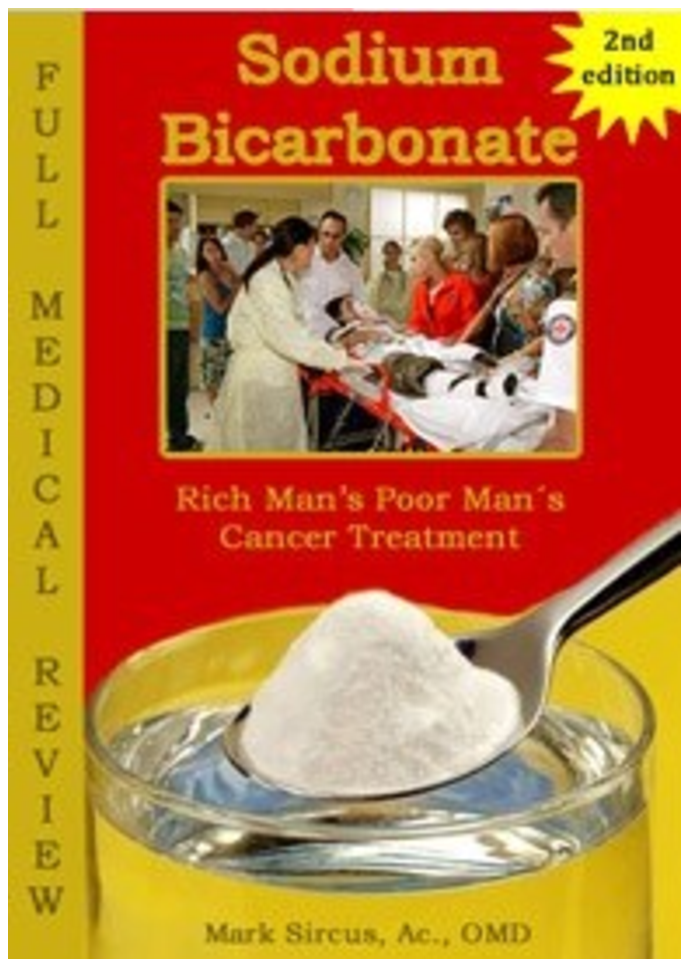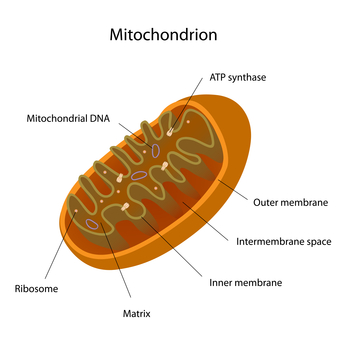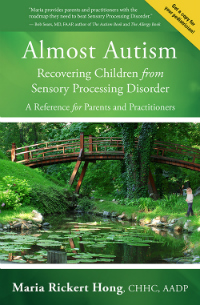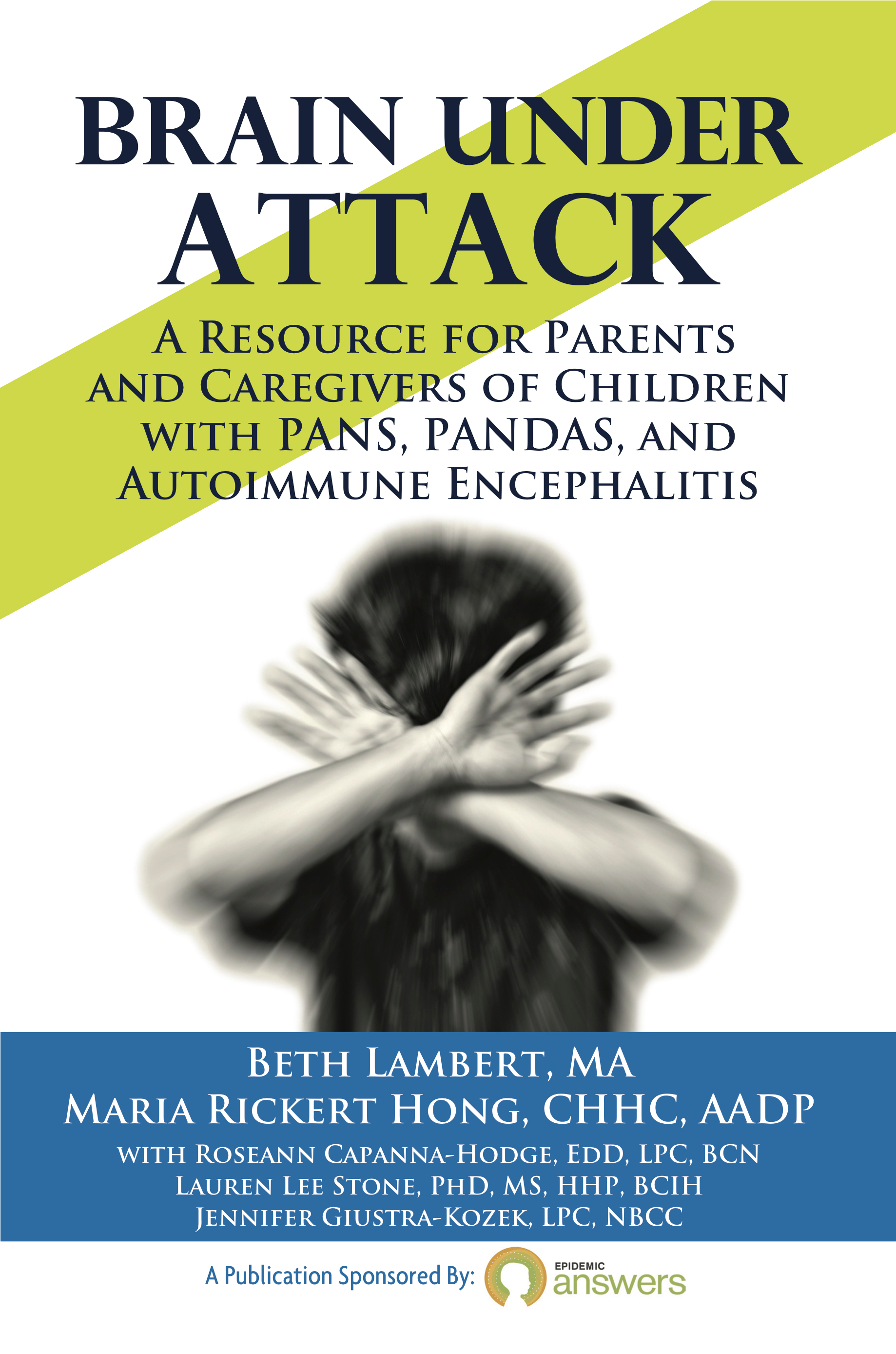 You might not know that there are a lot of potential hazards in your local drinking water. The Environmental Working Group recently published a report, “Water Treatment Contaminants: Toxic Trash in Drinking Water“, which found “probable human carcinogens” in every single water system they tested. They tested 201 municipal systems in 43 states.
You might not know that there are a lot of potential hazards in your local drinking water. The Environmental Working Group recently published a report, “Water Treatment Contaminants: Toxic Trash in Drinking Water“, which found “probable human carcinogens” in every single water system they tested. They tested 201 municipal systems in 43 states.
Local water is typically fluoridated (fluoride is a known neurotoxin) and chlorinated, leading to extremely toxic disinfection byproducts (DBPs). Pharmaceuticals, heavy metals, pesticides and more have been found in many water systems. [Read more…]

 I have to say, I was fascinated with the material in Dr. Mark Sircus’ book, “Sodium Bicarbonate: Rich Man’s, Poor Man’s Cancer Treatment” because it provides a fundamental framework for understanding the nature of disease: that chronic health conditions and diseases arise from an acidic state of the body.
I have to say, I was fascinated with the material in Dr. Mark Sircus’ book, “Sodium Bicarbonate: Rich Man’s, Poor Man’s Cancer Treatment” because it provides a fundamental framework for understanding the nature of disease: that chronic health conditions and diseases arise from an acidic state of the body. My husband bought me a copy of Gwyneth Paltrow’s cookbook, “
My husband bought me a copy of Gwyneth Paltrow’s cookbook, “ I’ve been chelating to remove heavy metals for a while now. I had myself retested back in January 2011, and my levels of heavy metals had declined significantly.
I’ve been chelating to remove heavy metals for a while now. I had myself retested back in January 2011, and my levels of heavy metals had declined significantly. Because of my son’s failure to thrive, our pediatrician sent us to see
Because of my son’s failure to thrive, our pediatrician sent us to see  Yet more research is coming to light about the damaging effects of heavy metals. A
Yet more research is coming to light about the damaging effects of heavy metals. A  My Children: Recovered from Sensory Processing Disorder, Acid Reflux, Asthma and Eczema, and getting healthier everyday!
My Children: Recovered from Sensory Processing Disorder, Acid Reflux, Asthma and Eczema, and getting healthier everyday!



